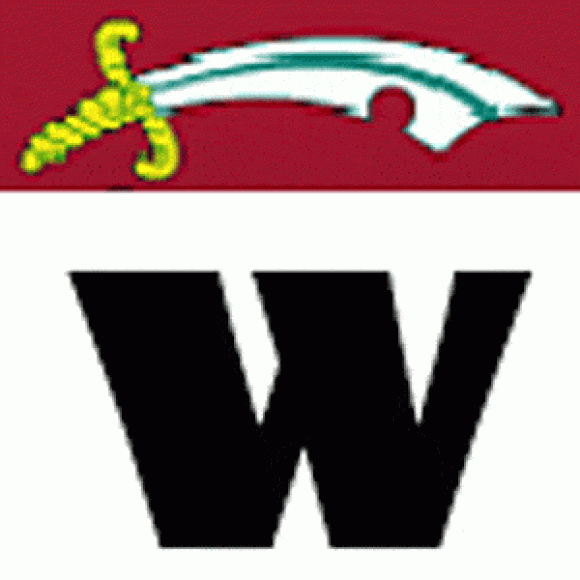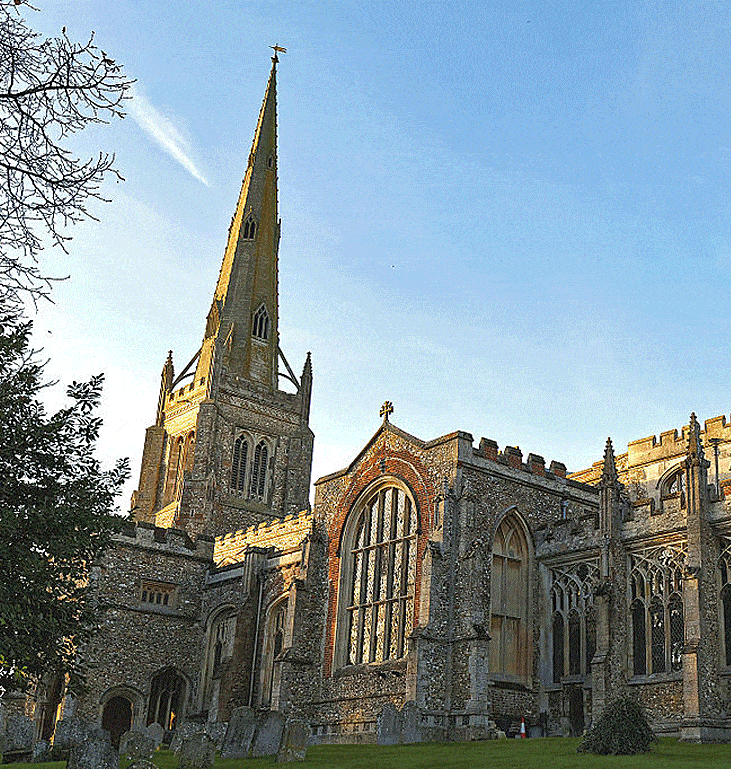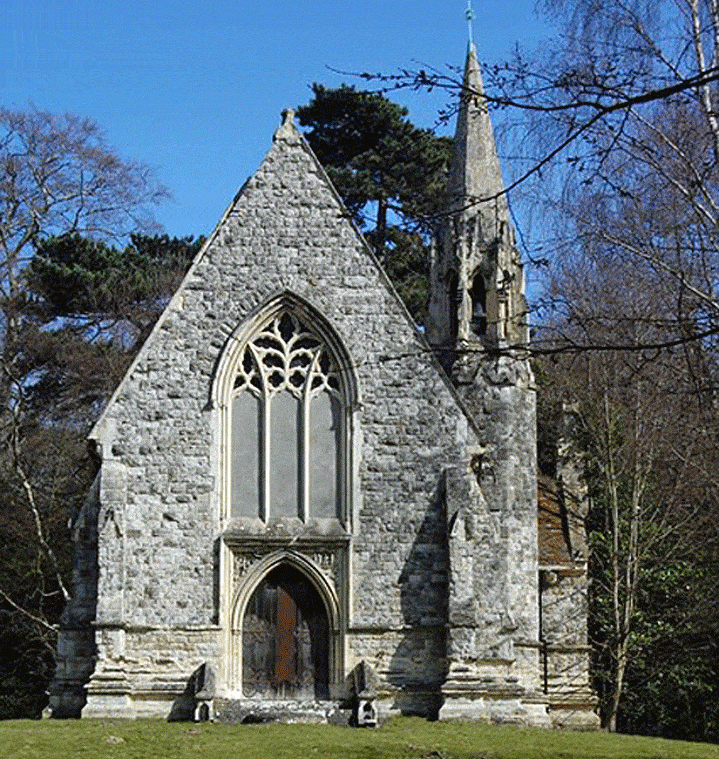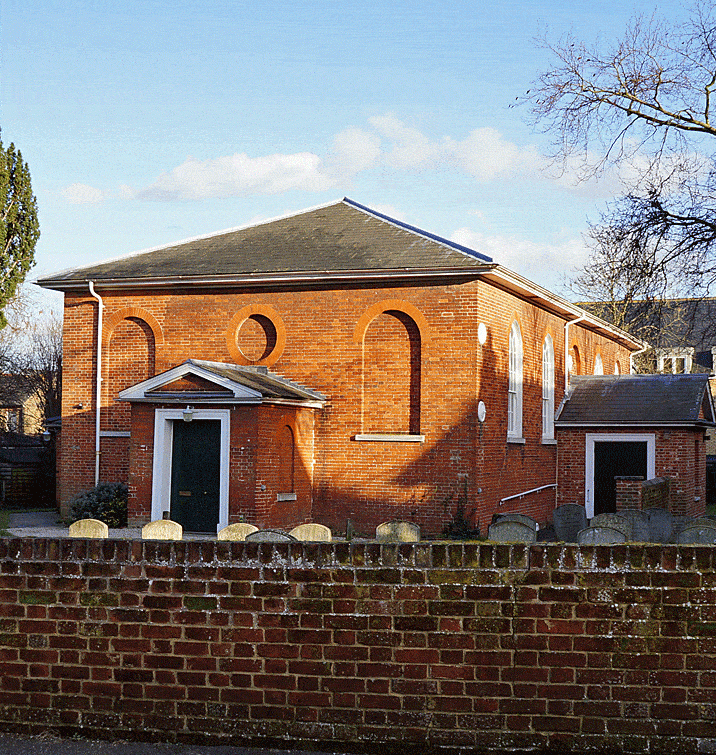Explore Nonconformity in Essex
Before 1800, 30% of all Wood families residing in Essex were nonconformists or had strong nonconformist leanings. In fact, “Essex has always been strongly nonconformist, having had in the eighteenth century one of the highest proportions of Independents in the Country.” 1
Follow page links below or the navigation arrows at the top of this page
Acts of Parliament
The Acts of Supremacy and Uniformity established Anglicanism as the state religion. Prior to these Acts, England was a Catholic nation.
Catholic History
Catholics were singled out as the most disloyal expression of nonconformity. At times persecution was severe but then waned.
Catholic Parishes
Beyond the seats of Lord Petre, Catholic parishes included Brentwood, South Weald, Pilgrim Hatch Colchester, and Essex Ports.
Patronage of Lord Petre
The generations of Lord Petre managed to keep their faith and to hold on to their estate. The Petres championed the cause of all Catholics.
Protestant Tradition
Puritans of Essex sailed to American on the Mayflower. The main Protestant groups were Quaker, Independent, Baptist, and Presbyterian.
Protestant Parishes
Protestants were in large towns like Colchester and Chelmsford, plus villages such as Billericay, Burnham-on-Crouch, Castle Hedingham, and Wethersfield.
Overlooked Research Tool
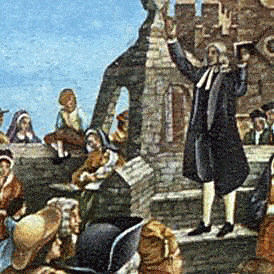
Religious affiliations can prove or disprove relationships among Wood households, allowing them to be grouped into family trees. A basic knowledge of religious groups and the laws that governed religious observance provides context and guardrails to guide the placement individuals into households and family trees.
The main religious congregations In Essex prior to 1800 were Anglicans, Independents, Presbyterians, Baptists, Quakers, and Catholics. The generations of Lord Petre championed Catholicism in Essex.
Do not overlook nonconformity as a research tool. Many Wood families living in Essex before 1852 were nonconformists.
The Logic and Labels of Dissent
Prior to the Act of Supremacy in 1534, England was a Catholic nation. The Act, passed under Henry VIII, established the Church of England as the state church and rejected papal authority, initiating a significant break with Roman Catholicism. In this respect, the Church of England can be considered Protestant; however, it retained many liturgical and hierarchical elements of Catholic tradition. A more precise characterization might describe the Church of England as a reformed Catholicism, shaped by both royal authority and the Book of Common Prayer.
The English Reformation gave rise to continuing religious conflict, as Protestants—often referred to as Dissenters or Puritans—challenged both Roman Catholicism and what they perceived as the insufficiently reformed Church of England. These movements contributed to waves of social, political, and theological unrest through the 16th and 17th centuries.
Between 1650 and 1800, the term nonconformist had both broad and narrow usages. Broadly, it referred to anyone who refused to conform to the doctrines and practices of the Church of England. In a narrower and more commonly accepted sense, it applied specifically to Protestant dissenters, excluding Roman Catholics. Catholics were typically referred to by terms such as Papists, Recusants, Nonjurors, or described with adjectives like Popish or Romish—often with pejorative intent.
The Act of Toleration in 1689 granted limited religious freedoms to certain Protestant nonconformists, such as Baptists and Congregationalists, allowing them to worship publicly under specific conditions. However, it explicitly excluded Roman Catholics and Unitarians, who continued to face legal restrictions and social discrimination during the 18th century.
